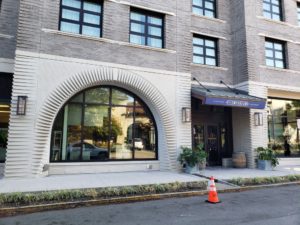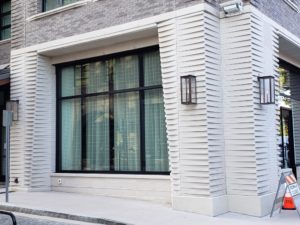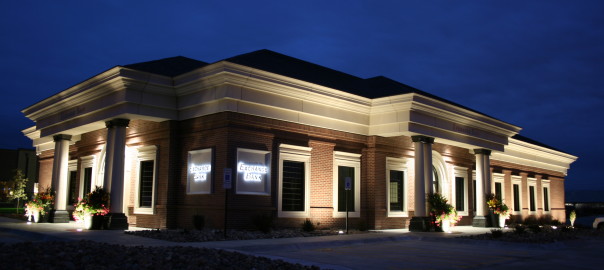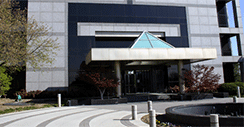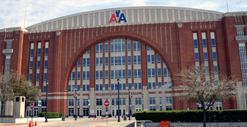Lightweight, strong, and durable, and available in an almost unlimited diversity of shapes, colors, and textures, GFRC allows the Architect the widest possible range of creative, artistic and architectural expression for the most visible element of a structure – its exterior cladding.
GFRC can be manufactured to faithfully reproduce the look and feel of architectural precast, terra cotta masonry, and a wide variety of natural stone such as granite, sandstone, or limestone at a fraction of the weight and cost of the original materials.
Weighing up to 80% less than architectural precast, GFRC panels materially reduce the weight and cost of the foundation, footings, and structural framing needed to support multi-story buildings. This enables the owner to reduce overall construction costs and accelerate schedules without sacrificing the durability or the architectural aesthetic of precast concrete fabrication.
GFRC is widely used today for both new building construction and for recladding of existing building facades. In recladding applications, GFRC can often be installed directly over the old cladding with minimal superimposed load on the existing structure, and minimal upset to existing tenants and operations.
GFRC panels are finding widespread use in the restoration and renovation of historic buildings, and are considered by many to be the best solution available for the repair and replacement of terra cotta tiles that are deteriorating under the influence of time and weather.
Strong, lightweight, durable and versatile…..A great solution for a wide range of building types and applications.